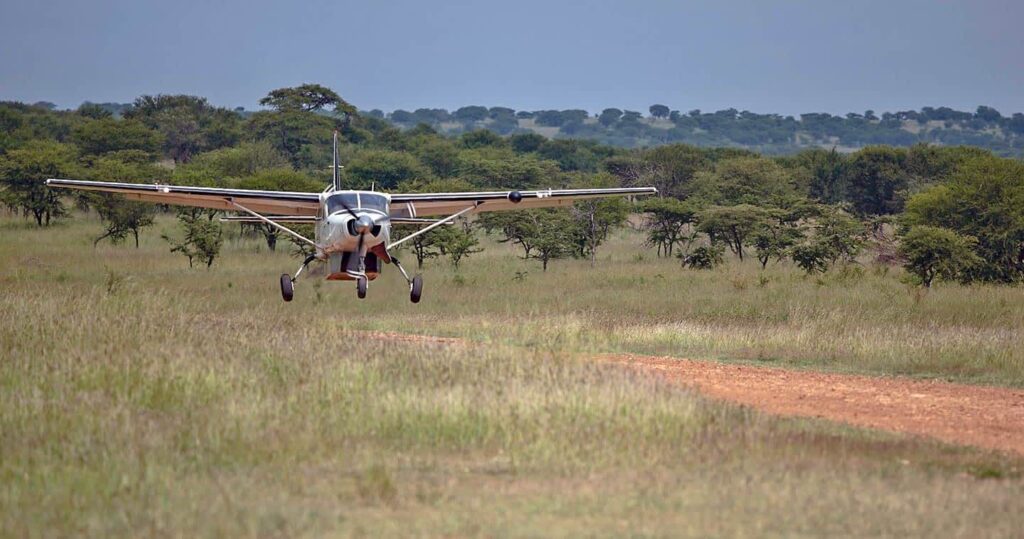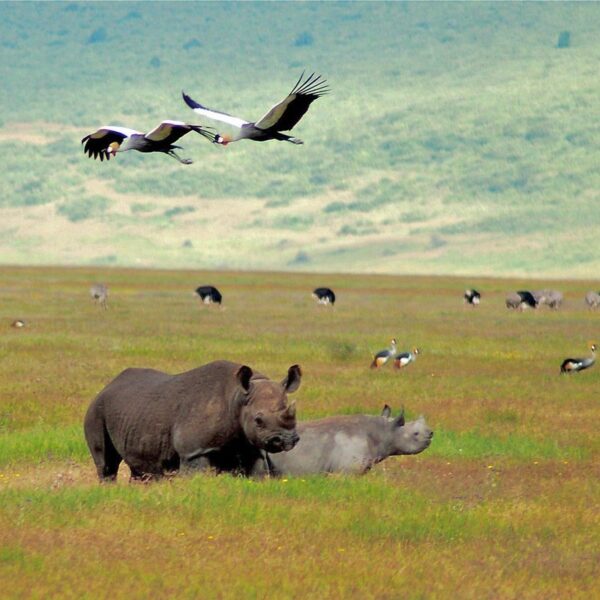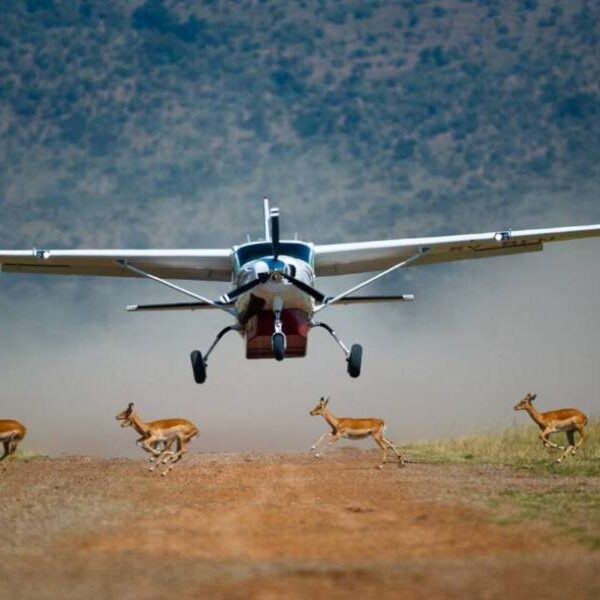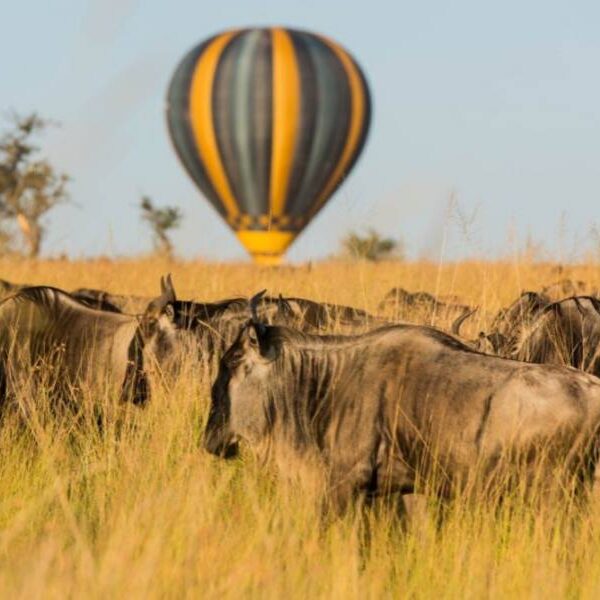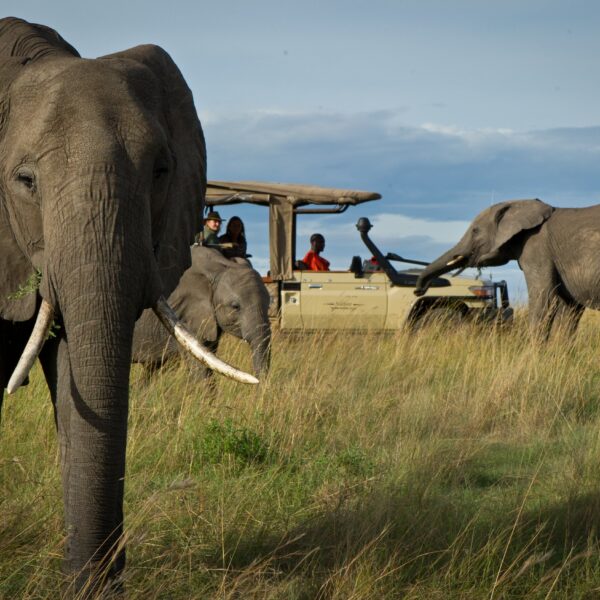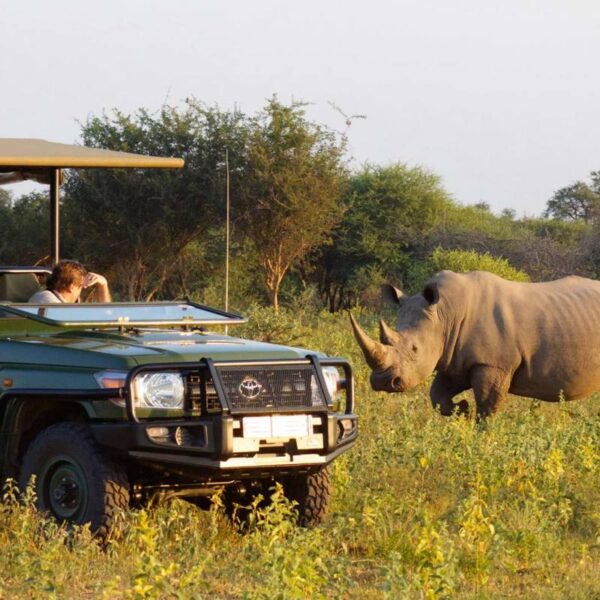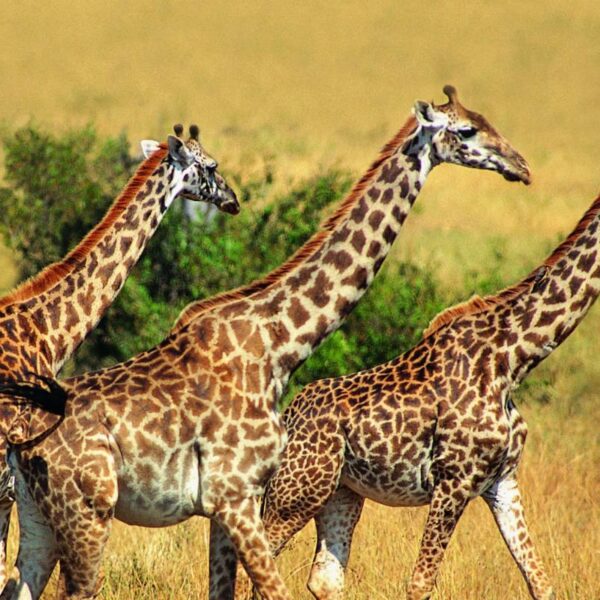Selous game Reserve is the largest wildlife area in Africa. A UNESCO World Heritage site, this pristine uninhabited area is larger than Switzerland. Selous game reserve boats of the largest population of Elephants in Tanzania as well as large number of Lion, Leopard, Black Rhino, African Wild Dog, Buffalo and Hippos. Species commonly seen at the Selous National Park are Bushbuck, Red and Blue duikers, Eland, Hartebeest, Hyena, Klipspringer, Impala, Giraffe, Oryx, Reedbuck, Waterbuck and Zebra.
Selous Game Reserve - Tanzania
Explore and Discover Selous
Families of black and white colobus monkey can be seen on the banks of the Rufiji River. The Endangered red colobus inhabit the west of the park. The birdlife at Selous is prolific and the different 400 species recorded include the globally threatened include the wattled crane and the corn crake.
The topography at Selous from rolling Savannah woodland, grassland plains and rocky outcrops cut by the great Rufiji River and its tributaries.
The Rufiji which flows from north to south, provides a livelihood of the Selous and sailing or rafting down the river is a superb method of seeing game, especially during the dry season between June and October. Linked to the Rufiji is Lake Tagalala where Elephant, Giraffe, waterbuck, reedbuck and bushbuck gather at the waters edge. In the long grassland, safari enthusiasts may get a chance to see the rare sable antelope, greater Kudu or Lion. Walking Safari at the Selous, game drives, and Boat safaris can be arranged. See our Selous Safari Tanzania for more safari offers.
Visiting Selous National Park – Tanzania
- Selous Game Reserve covers 50,000 square kilometers, is amongst the largest protected areas in Africa and is relatively undisturbed by human impact
- The drive to Selous via Kibiti takes approximately 6 hours and via Kisarawe takes approximately 3.5 kilometers
- Flying to Selous National Park: See our Selous Flying Safari packages for different offers and Selous Safari specials.
* Best time to visit the Selous is during the dry season from July to November

